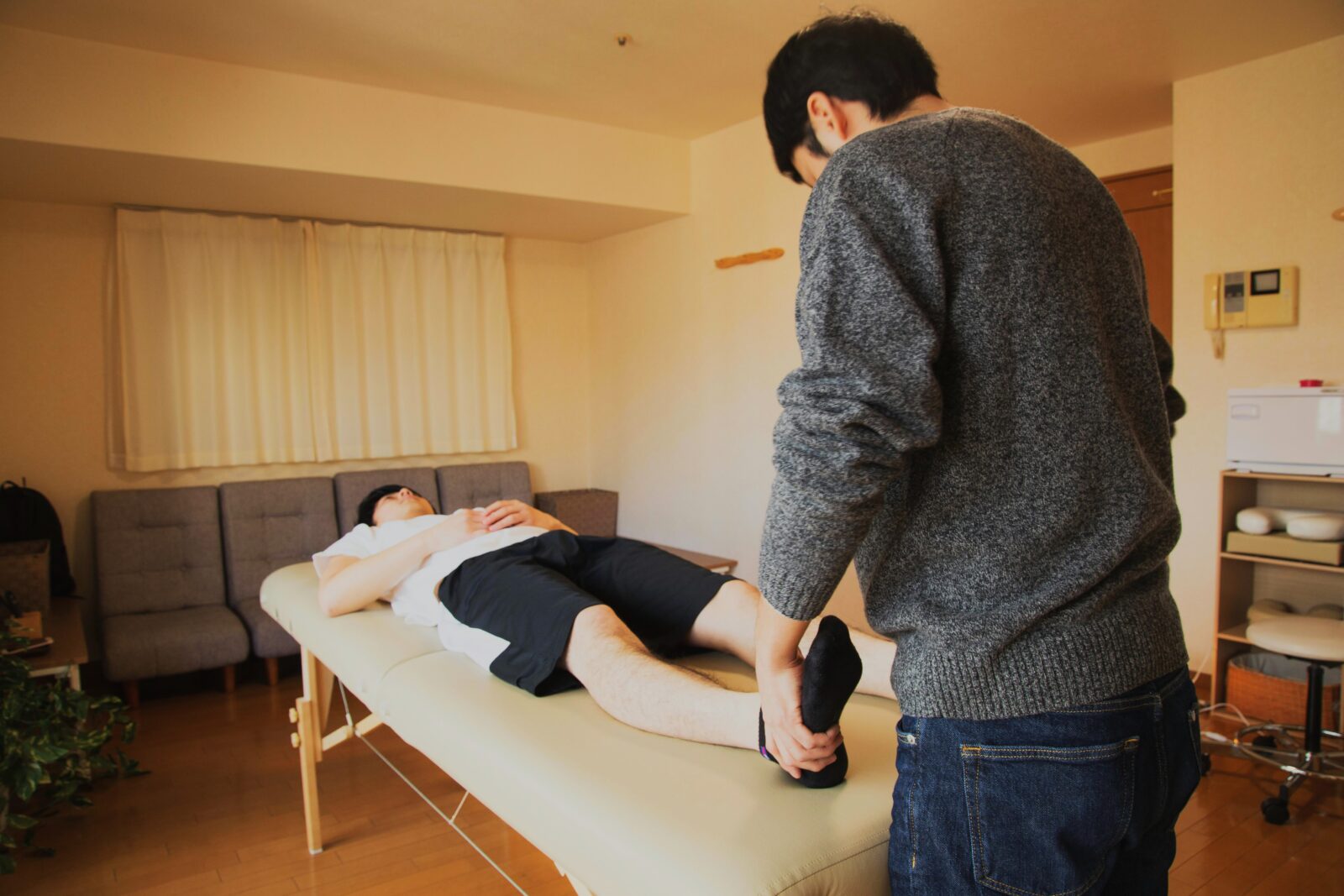What is a soft tissue injury?
A soft tissue injury refers to damage or trauma sustained by the muscles, ligaments, tendons, or other connective tissues in the body. These injuries can occur as a result of sudden trauma, such as a fall, twist, or impact, or from overuse or repetitive strain. Soft tissue injuries encompass a wide range of conditions, including strains (injuries to muscles or tendons), sprains (injuries to ligaments), contusions (bruises), tendonitis (inflammation of a tendon), and bursitis (inflammation of the fluid-filled sacs that cushion joints).
Symptoms of soft tissue injuries typically include pain, swelling, bruising, stiffness, and reduced range of motion at the affected area. Treatment for soft tissue injuries often involves rest, ice, compression, elevation (the RICE protocol), pain management, physical therapy, and in some cases, surgery. Proper diagnosis and management are essential to promote healing, prevent complications, and restore function to the injured area.
What are misconceptions about soft tissue injuries?
A common misconception about soft tissue injuries is that they are minor and will heal on their own without significant consequences. Soft tissue injuries refer to damage to muscles, ligaments, tendons, and other connective tissues in the body, often resulting from sudden trauma, overuse, or repetitive strain. While some soft tissue injuries may indeed heal with time and rest, there are several misconceptions associated with them:
- Invisible Nature: Soft tissue injuries are often referred to as “invisible injuries” because they may not be immediately apparent or visible on diagnostic imaging like X-rays. As a result, individuals may underestimate the severity of their injury or delay seeking appropriate medical treatment, assuming that it is not serious.
- Dismissal of Symptoms: Symptoms of soft tissue injuries, such as pain, swelling, stiffness, and limited range of motion, may be dismissed as minor discomforts or attributed to aging or overexertion. Consequently, individuals may fail to recognize the need for proper medical evaluation and treatment, which can lead to delayed recovery or exacerbation of the injury.
- Failure to Address Underlying Damage: Soft tissue injuries can involve micro-tears, inflammation, and structural damage to muscles, ligaments, and tendons. Without proper diagnosis and treatment, these injuries may not heal adequately, leading to chronic pain, instability, and reduced functional capacity over time.
- Risk of Complications: Untreated or improperly managed soft tissue injuries can increase the risk of complications, such as muscle weakness, joint instability, joint degeneration (osteoarthritis), and recurrent injuries. Ignoring symptoms or attempting to “tough it out” without proper medical attention can result in long-term consequences that impact quality of life and mobility.
- Delayed Recovery: Soft tissue injuries can take weeks to months to heal fully, depending on the severity and extent of the damage. Failure to allow sufficient time for rest, rehabilitation, and appropriate medical interventions can prolong the recovery process and delay return to normal activities.
- Overreliance on Pain Medication: In an effort to manage pain associated with soft tissue injuries, individuals may rely excessively on over-the-counter pain medications or prescription opioids. While these medications can provide temporary relief, they do not address the underlying cause of the injury and may mask symptoms, leading to further damage if the injury is aggravated during activity.
Education and prevention of soft tissue injuries
To overcome these misconceptions, it is essential for individuals to recognize the potential seriousness of soft tissue injuries and seek prompt medical evaluation and treatment from qualified healthcare professionals. Proper diagnosis, rest, physical therapy, and rehabilitation are critical components of effective management and recovery from soft tissue injuries, helping to prevent long-term complications and optimize outcomes. Additionally, education about injury prevention, proper body mechanics, and gradual return to activity can reduce the risk of recurrent injuries and promote overall musculoskeletal health.
